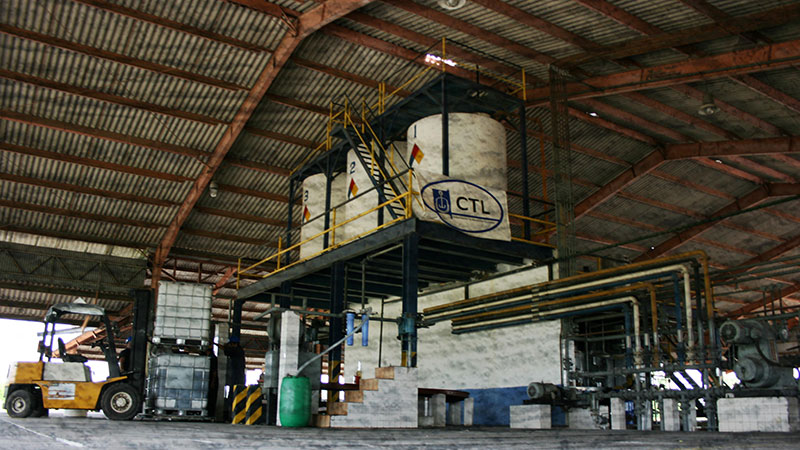ECPA On REACH
For more on ECPA, visit the association’s web site at www.ecpa.eu. The full text of the report follows.
REACH: What does it mean for crop protection?
REACH – the new regulation for Registration, Evaluation and Authorisation of CHemicals – has finally been adopted formally into EU law. After a compromise agreement was worked out between the Commission, Parliament and Council at the end of November, the final text was passed by a large majority in Parliament on 13th December and finally approved by the Council of Ministers on 18th. It now comes into effect in June this year.
The main provisions
Manufacturers and importers of some 30,000 chemicals used in a wide range of products will have to provide health and safety data for them to permit their continued use, even though they may have been in general safe use for many years. This will introduce a further burden on industry and result in a considerably larger amount of animal testing. All the chemicals will have to be submitted and approved over an 11-year period by a new chemicals agency to be set up in Helsinki. Prioritisation will be on the basis of known toxicity and volume used.
Why is this a problem for the plant protection industry?
The intention of REACH is that all chemicals will fall under a common framework for assessment, rather than remain covered by a large number of pieces of separate legislation. At the same time, it introduces a requirement for all chemicals already in use before current safety legislation was enacted to be formally registered and approved. This is why such a large number of compounds will have to be assessed.
Of course, if compounds are already adequately dealt with via existing legislation, their inclusion in REACH serves no additional purpose, and adds considerable costs. All plant protection products are already subject to stringent safety assessment before approval under Directive 91/414. This covers not only the active ingredients but also the so-called co-formulants, which are compounds such as surfactants which improve the efficiency of use of the active ingredients themselves. During the drafting of the new REACH regulation, it was intended that all components of plant protection products – co-formulants as well as active ingredients – should be exempt to avoid unnecessary duplicate testing.
However, the relevant part of the regulation (Article 15) was drafted in such a way that co-formulants would still require registration. Despite the proposal of the Commission to change the wording of Art 15, Council and Parliament did not see this as a high priority issue in the context of a complex, major piece of new legislation. Therefore, it has unfortunately not been corrected, and this requirement will come into force as part of the overall REACH package in June. At the same time, a separate Article (17) would potentially trigger a need for intermediates in pesticides manufacture – themselves never leaving the factory – to go through the full registration process, introducing a further unnecessary burden.
Next steps
As for all complex legislation, full implementation can itself be a lengthy process and, in this case, there are specific REACH Implementation Programmes (RIPs) which are intended to give guidance on the actual implementation of the new regulation. ECPA will play an active part in helping to further clarify the actual implementation of the provisions mentioned above.





